Classic Pesto Sauce
Let’s indulge in the vibrant flavors of Italy with this classic pesto sauce recipe, a verdant symphony of fresh basil, garlic, pine nuts, Parmesan cheese, and extra virgin olive oil. Originating from the Liguria region, pesto has captivated taste buds worldwide with its simplicity and depth of flavor.
Begin with the star of the show: basil. Selecting the freshest leaves ensures a robust and aromatic pesto. Combined with pungent garlic cloves, toasted pine nuts, and a generous sprinkle of Parmesan cheese, the ingredients harmonize to create a bright and savory sauce.
The process is as effortless as it is rewarding. A quick whirl in the food processor transforms the raw ingredients into a vibrant green paste, ready to elevate any dish it touches. Whether tossed with al dente pasta, spread atop crusty bread, or used as a flavorful marinade, pesto adds a burst of Mediterranean flair to your culinary creations.
Moreover, this recipe’s versatility knows no bounds. Customize the consistency by adjusting the olive oil quantity, or swap out pine nuts for almonds or walnuts for a unique twist. With just a handful of ingredients and a few minutes of your time, you’ll have a homemade pesto bursting with freshness and flavor, bringing the taste of Italy straight to your table.
About Basil
Basil, the fragrant herb synonymous with Mediterranean cuisine, is a culinary treasure revered for its aromatic leaves and distinctive flavor profile. Belonging to the mint family, this herbaceous plant boasts a rich history dating back thousands of years, with origins rooted in the warm climates of Asia and Africa.
With its glossy green leaves and hints of licorice and clove, basil adds freshness to a myriad of dishes, from pasta sauces and salads to soups and cocktails. Its versatility knows no bounds, effortlessly elevating sweet and savory recipes with its aromatic presence.
Beyond its culinary prowess, basil is also significant in various cultures and traditions. In some societies, it is revered as a symbol of love, fertility, and prosperity. Basil has been woven into rituals and ceremonies throughout history, adding a touch of reverence to its already esteemed reputation.
Moreover, basil boasts an array of health benefits, including its potent antioxidant properties and potential anti-inflammatory effects. Rich in essential nutrients such as vitamin K, basil contributes to overall well-being and may even aid digestion and immune function.
Whether used fresh, dried, or as an essential oil, basil remains a beloved herb cherished by chefs, home cooks, and herbalists. It continues to enchant palates and nourish bodies with its timeless allure.
Pine Nuts
Pine nuts, the edible seeds harvested from pine cones, are a culinary delicacy cherished for their buttery texture and rich, nutty flavor. Originating from several pine tree species globally, including the stone and Korean pine, these small yet mighty seeds have been prized for centuries in continents’ cuisines.
Renowned for their versatility, pine nuts feature prominently in savory and sweet dishes, adding depth and complexity to recipes with their distinctive taste. Whether toasted and sprinkled over salads, incorporated into creamy pesto sauces, or used to adorn decadent desserts, pine nuts lend a unique nuttiness and satisfying crunch to every bite.
Beyond their culinary allure, pine nuts also boast many nutritional benefits. These tiny seeds contribute to overall health and well-being. They are packed with essential nutrients such as protein, healthy fats, and various vitamins and minerals, including vitamin E and magnesium.
However, their journey from tree to table is not without challenges. Harvesting pine nuts is a labor-intensive process, often requiring meticulous handpicking and careful extraction from the cones. Additionally, fluctuations in climate and environmental factors can impact pine nut yields, making them a prized commodity sought by chefs and food enthusiasts alike.
Despite their small size, pine nuts hold a revered place in culinary traditions worldwide, captivating taste buds and inspiring culinary creativity with their rich flavor and nutritional prowess.
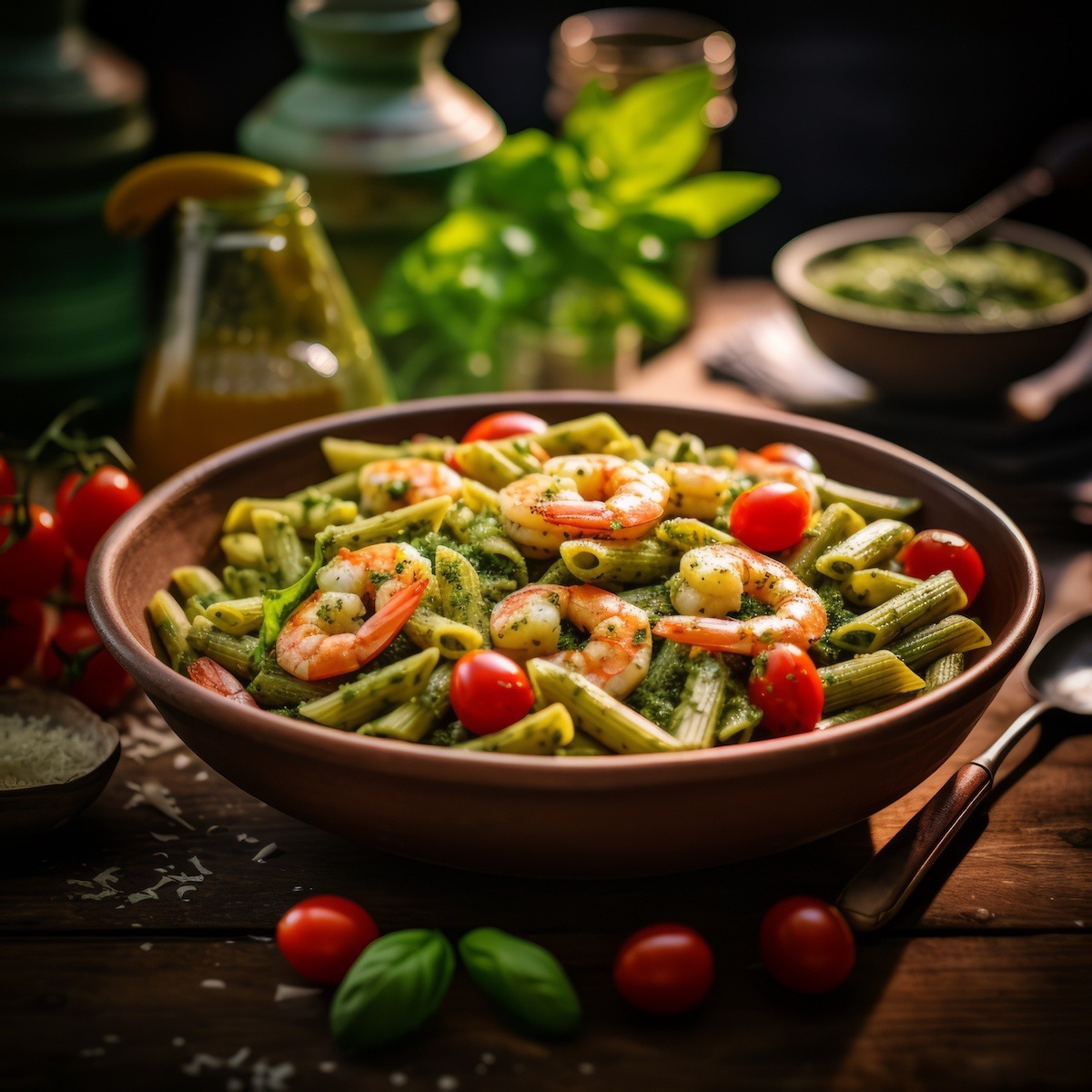
Ideas for Using Pesto
- Pasta: Toss freshly cooked pasta with pesto for a quick and flavorful meal. Classic choices include spaghetti, linguine, or penne.
- Pizza: Use pesto as a flavorful base sauce for homemade pizzas. Top with your favorite cheese, vegetables, and proteins for a gourmet twist.
- Sandwiches and Wraps: Spread pesto onto bread or wraps for a delicious sandwich filling. Pair with grilled chicken, turkey, or fresh vegetables for added flavor.
- Salad Dressing: Mix pesto with olive oil and vinegar to create a vibrant, aromatic salad dressing. Drizzle over mixed greens or use as a marinade for grilled vegetables.
- Bruschetta: Spread pesto onto toasted baguette slices and top with fresh tomatoes, mozzarella, and a drizzle of balsamic glaze for a delightful appetizer.
- Roasted Vegetables: Coat roasted vegetables such as potatoes, carrots, or cauliflower with pesto for a flavorful and nutritious side dish.
- Grilled Meats and Seafood: Use pesto as a marinade or sauce for grilled chicken, fish, or shrimp. The herby flavors beautifully complement the charred notes from the grill.
- Breakfast Eggs: Swirl pesto into scrambled eggs or omelets for a burst of flavor in the morning. Serve with toast or breakfast potatoes for a satisfying meal.
- Soup Garnish: Dollop pesto onto bowls of soup, such as tomato or vegetable soup, as a vibrant and aromatic garnish before serving.
- Dip: Mix pesto with Greek yogurt or cream cheese to create a flavorful dip for crackers, breadsticks, or fresh vegetables. This dip is perfect for parties or snacking.
Pesto Sauce Recipe
Ingredients
- 3 cloves garlic
- 2 cups fresh basil leaves
- 3 tablespoons pine nuts pignolia
- salt and pepper to taste
- ½ cup olive oil extra virgin
- ½ cup Parmesan cheese grated
Instructions
- Not too much prep for this simple but flavorful recipe. Start by peeling and chopping the garlic.
- Wash, dry and remove the stems from the fresh basil.
Mortor and Pestle
- The traditional way of making pesto is with a mortar and pestle. Start by adding basil, garlic, salt, and pine nuts to the mortar and grinding them to a paste.
- Pound in the cheese.
- Finally whisk in the oil until you have the desired consistency.
Food Processor
- Add the garlic to the food processor and mince.
- Add the basil leaves, pine nuts, and a dash of salt and pepper to the bowl of the processor. While the processor is running, slowly drizzle in olive oil through the feed tube until all the ingredients are pureed.You may need to stop the processor at this point and scrape down the sides with a rubber spatula to get every mixed together.
- Add Parmesan cheese and mix it into the rest of the mixture. If the pesto is too thick, add a tablespoon of water.
- Cover and refrigerate until you are ready to use it. This should keep for 2 - 3 days in the fridge but freezes well if you want to keep it longer.
Notes
Some of My Favorite Sauce Recipes

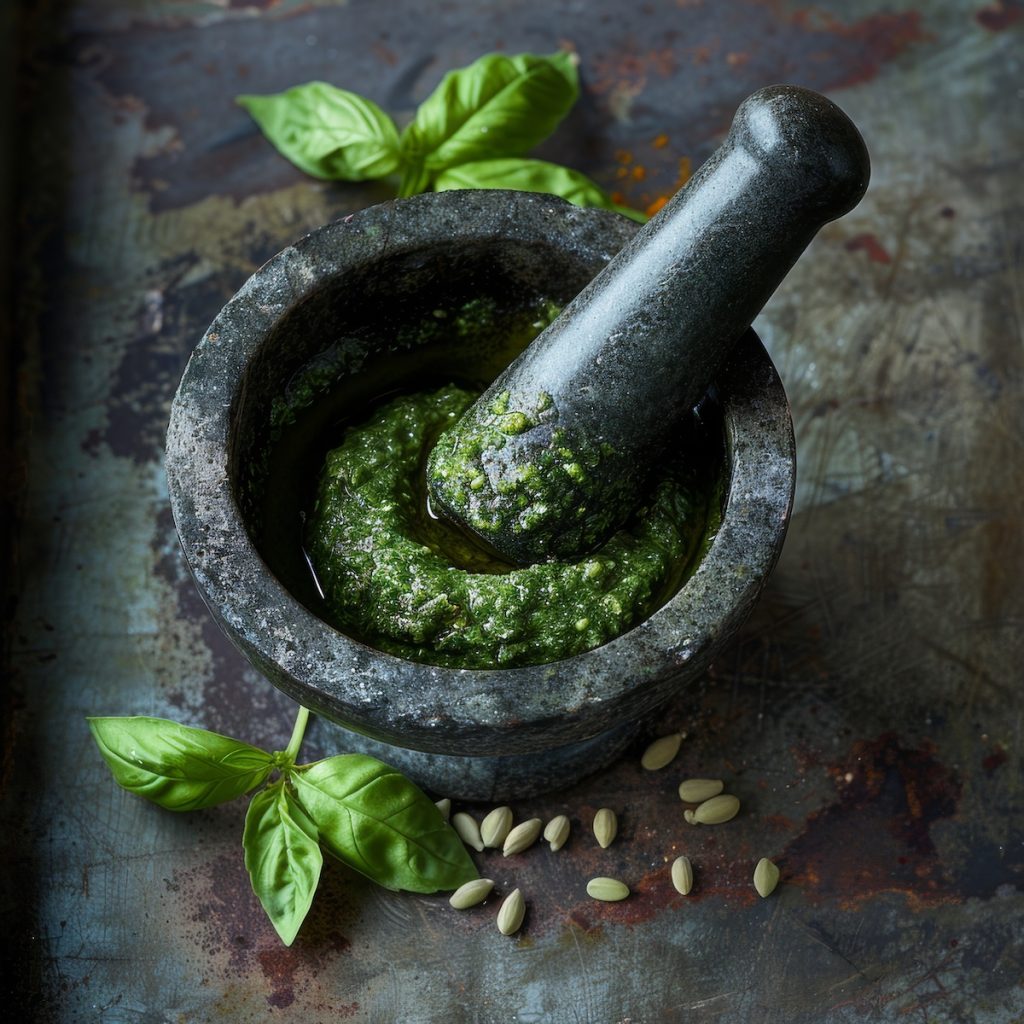

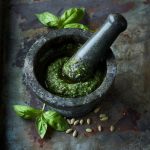
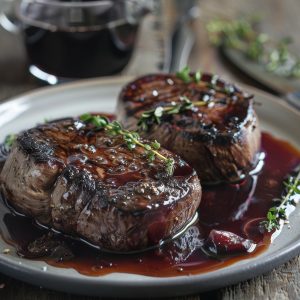
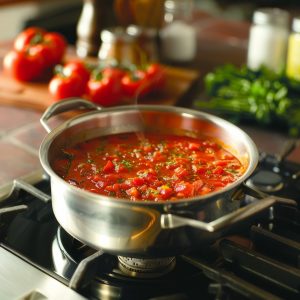
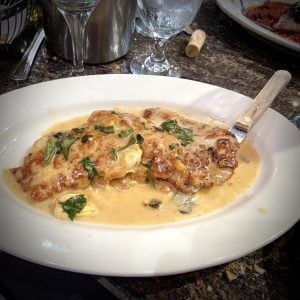
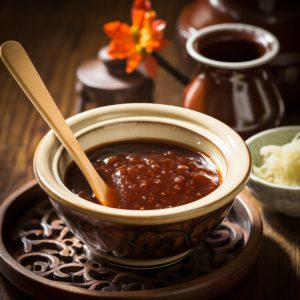
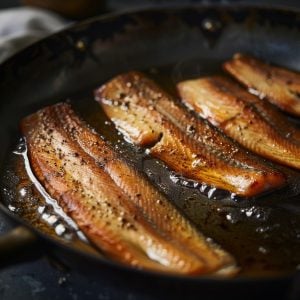
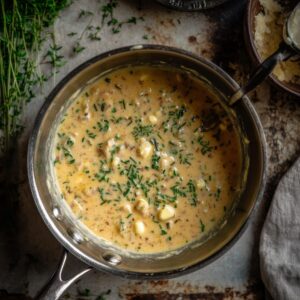
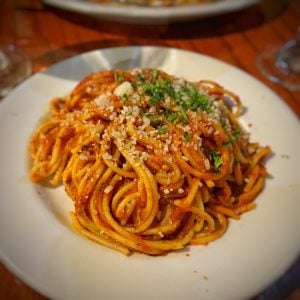



8 Responses
I made my pesto using a blender. But I find my beautiful green color pesto turned black in 5 minute.
How do I make pesto stay its beautiful green?
Thanks
I have heard of this often. Here are a couple of things to try: adding a few drops of lemon juice to the pesto or add a little parsley to it or you could blanch the basil first for a few seconds and then give it a cold water bath immediately. Let me know if any of these ideas work for you. If anyone else has some ideas, please post them. – RG
If the pine nuts are roasted ,it would help if it is cooled well before adding it into the processor. Heat discolours the basil .
Great tip Buna. Thanks for sharing this.
This is a REALLY good post.
I would like to stress the importance of taking pesto as a recipe you should prepare with what you can and want to.
Apart from trying your best at using good quality oil and fresh basil and garlic, any variety of nuts, cheese, etc will do. And you can do it from a cutting table all the way up to a food processor
The important part is to keep trying stuff out! Fab
“Between licorice and cloves”??? You have no palette
Interesting response wtf. How would you describe the taste of fresh basil?
I just made a delicious pesto sauce with basil fresh from my garden. It instantly turned brown. I notice on these websites that the pesto sauce is green. Is there a secret to keeping it from turning brown? Thank you
I have read that blanching the basil leaves and then giving them a cold water bath helps keep it green.